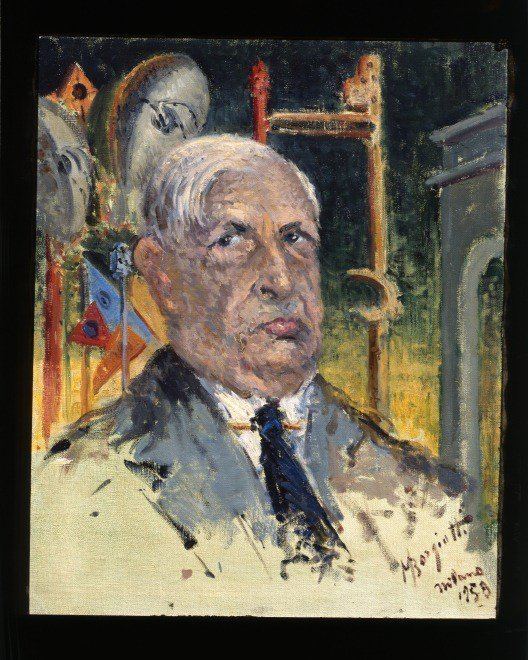Nationality Italian | Movement Post Macchiaolo | |
 | ||
Known for Painting, Private collection | ||
Premio rotonda 2016 francesco lipani premio mario borgiotti
Mario Borgiotti was born in Livorno in the 1906 from a working-class family
Contents
In 1921 knows the painters of Gruppo Labronico and Ulvi Liegi.
After studying violin devotes itself to the trade in works of art from 1922; for years, I decided for the knowledge of the art world from Leghorn in fact are just that time acquainted with Gino Romiti, Umberto Vittorini.
In 1925 organize an exhibition of contemporary painting at Pisa with the presence of a large group of painters labronici.
In 1927 at Pisa his first exhibition of 19th century art and painting in good standing.
In 1928 promotes a Last at "Bottega d'Arte Calligani" exhibition-sale of works by Macchiaioli.
In the 1930 in Viareggio a collective exhibition of painters labronici and of Italian artists of the nineteenth century.
In the same year he began his apprenticeship as a painter with master Giovanni March and 1934 its first exposure in group show at the 7TH provincial exhibition of Livorno.
Intense his work as a portraitist he sees immortalised in his paintings Pietro Mascagni, Giovanni Bartolena, Ulvi Liegi and Piero Vaccari.
In 1938 moved to Florence and organizes an exhibition of 19th century painting at the Gallery Florence.
In 1946 at "art gallery" of Livorno exposes 46 works of his artistic repertoire.
In 1947 joins the Gruppo Labronico and became its President in 1967.
In 1953 with Nedo Luschi and Renzo Casali the prize painting contest at the Rotonda of Ardenza.
In 1955 moved to Milan and continues his artistic career in the study of SagratiScotti via Manzoni.
In Livorno in the 1961 organizes the "Salem" with Renato Natali, Bruno Miniati and Aldo Santini.
In 1963 is one of the curators of an exhibition of artists macchiaioli to "artistic Center Skyscraper" directed by father Guidubaldi of Livorno; exhibition will be moving to London and from here in the United States]] in major American museums.
